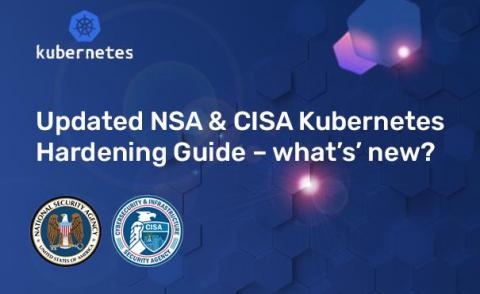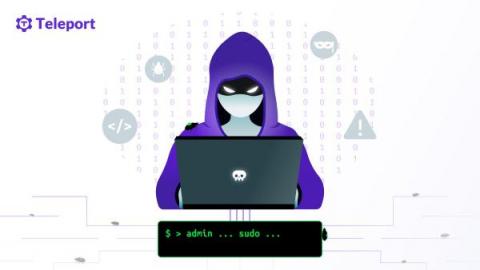Threat-Based Methodology: Configuration Settings
This is the second post in the Threat-Based Methodology series. The first post introduced Threat-Based Methodology and the analysis conducted by the FedRAMP PMO and NIST. That post concluded with a list of the top seven controls based on their Protection Value. This post will explore CM-6 in greater depth and explain how Devo supports the ability to meet this control. CM-6, Configuration Settings, was determined to provide the most Protection Value with a score of 208.86.










